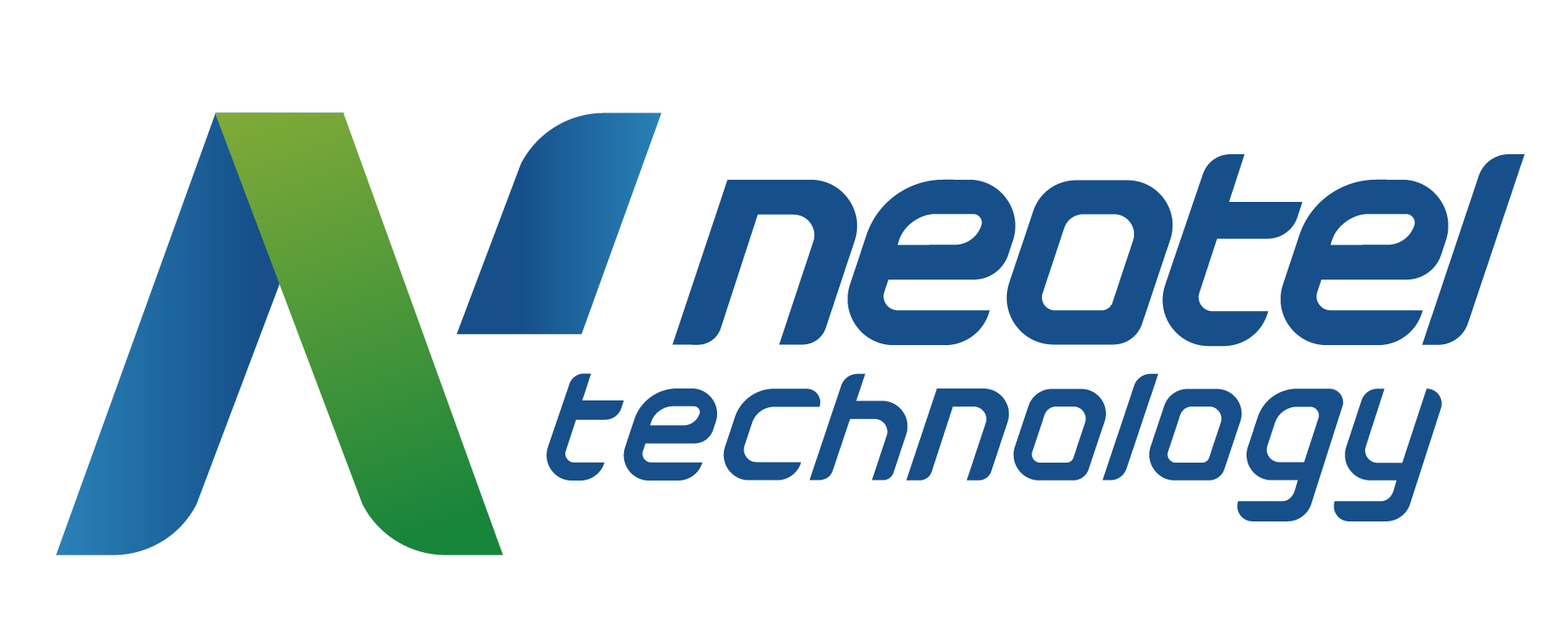What is Tribal Knowledge
Tribal knowledge is a term used to describe the collective knowledge of any specific group of people. For every group and every role within a society, there is a specific set of knowledge and experience that has been cultivated over time.
So it is natural to see different tribes of knowledge within the workforce. Based on the product, service, and/or type of process, companies will have varying modes of operation. And the knowledge of the best way to work within a specific organization is generally held within the minds of the workforce. From a corporate perspective, tribal knowledge is the collective knowledge and capabilities of the workforce.

KEY TAKEAWAYS
Tribal knowledge is the collective knowledge and capabilities of the specific group and/or organization.
It is slow to acquire and transfer.
To use tribal knowledge to their advantage, innovative companies capture and standardize their organization’s tribal knowledge.
Tribal knowledge on its own benefits a small select group of employees with experience.
Captured tribal knowledge empowers the whole workforce with truly collective wisdom.
2 Examples of Tribal Knowledge
Tribal knowledge can be a good thing, such as when it enables people within the workforce to know the ins and outs of their jobs. But it can also have a negative effect if everyone doesn’t have the same level of knowledge. To solidify our understanding of tribal knowledge and its effect on the organization, let’s explore two scenarios where tribal knowledge is a key component of how work is accomplished.
Example 1:
Jeff and Dave have been working at the same company for around 30 years as machine maintenance operators. They know the ins and out of every machine and have developed tips and tricks over the years when it comes to getting the machines running properly. Between the two of them, they have accumulated a valuable 60+ years of experience.
But this tribal knowledge is only known to them. Other employees are incapable of performing similar tasks or even quick fixes, requiring the company to be completely dependent on Jeff and Dave.
Example 2:
Miranda and her team manage the inventory of a large auto parts manufacturer. They have worked out all the algorithms and schedules to make sure that the company has all the necessary materials from week to week. Some of these algorithms are stored in different spreadsheets but most of their actions are guided by their years of experience and know-how.
Despite knowing their tasks and responsibilities very well, Miranda and her team struggle to transfer their know-how when adding new employees to the team. This is because they are solely relying on their years of experience instead of formal documentation.
The Uni-directional Attributes of Tribal Knowledge
We’ve stated that tribal knowledge is the collective knowledge and capabilities of the group. But this is only half true. The collectivism of tribal knowledge only goes to the people that already have the know-how. It does not naturally flow down to other employees.
In the above two examples, tribal knowledge is communal but only amongst the people who have acquired it over time, leading tribal knowledge to benefit only some employees and not the entire workforce.
How is Tribal Knowledge Transferred?
With tribal knowledge, other employees can only acquire know-how over time and/or through direct involvement with other employees. Tribal knowledge exists outside of formal documentation. As such, tapping into this intangible and unmeasurable source of knowledge is difficult, to say the least.
This intangibility makes tribal knowledge one of the slowest methods of knowledge transfer within the workforce. But once tribal knowledge is acquired, it can be a strong resource for the workforce if captured and standardized appropriately.
The Pros and Cons of Tribal knowledge
Tribal knowledge can be a powerful force within a company. If people have been with the company for a number of years, then they can rely on their experience to do the job correctly. This requires little infrastructure and planning because the employees already know everything they need to. But the real world does not exactly work this way.
When new employees are added to the team, they don’t naturally know the ins and outs of the job and the rest of the workforce can’t easily transfer this knowledge. Adding to this, tribal knowledge can also lead to an overreliance on the skills of particular workers. If you can only depend on your most experienced employees, then it will most likely take a lot of time before new employees benefit your company. This leads to more reliance on those particular employees.
With this in mind, here is a shortlist of the pros and cons of tribal knowledge.
Pros
Experienced employees understand their tasks.
Requires less infrastructure and planning.
Cons
Dependency on the skills of particular employees.
Slow to transfer to the rest of the workforce.
Cross-training is difficult to manage.
Loss of methodological control
So Is Tribal Knowledge Good or Bad?
Tribal is a naturally occurring phenomenon. Despite the significantly longer list of cons over pros, tribal knowledge will always have a place within a company. And this is a good thing. We want employees to gain experience, hone their skills, and acquire knowledge over time. But we also need a way to make tribal knowledge as effective and efficient as possible for the entire workforce.
Capture Your Company’s Tribal Knowledge
If you are relying on tribal knowledge to inform your employees and keep your operation running, then problems will inevitably occur. But if you capture your company’s tribal knowledge within a digital system, then this knowledge empowers the entire workforce.
Innovative companies can now turn tribal knowledge into a powerful and versatile asset by capturing and standardizing the best practices and know-how of their most experienced employees.
